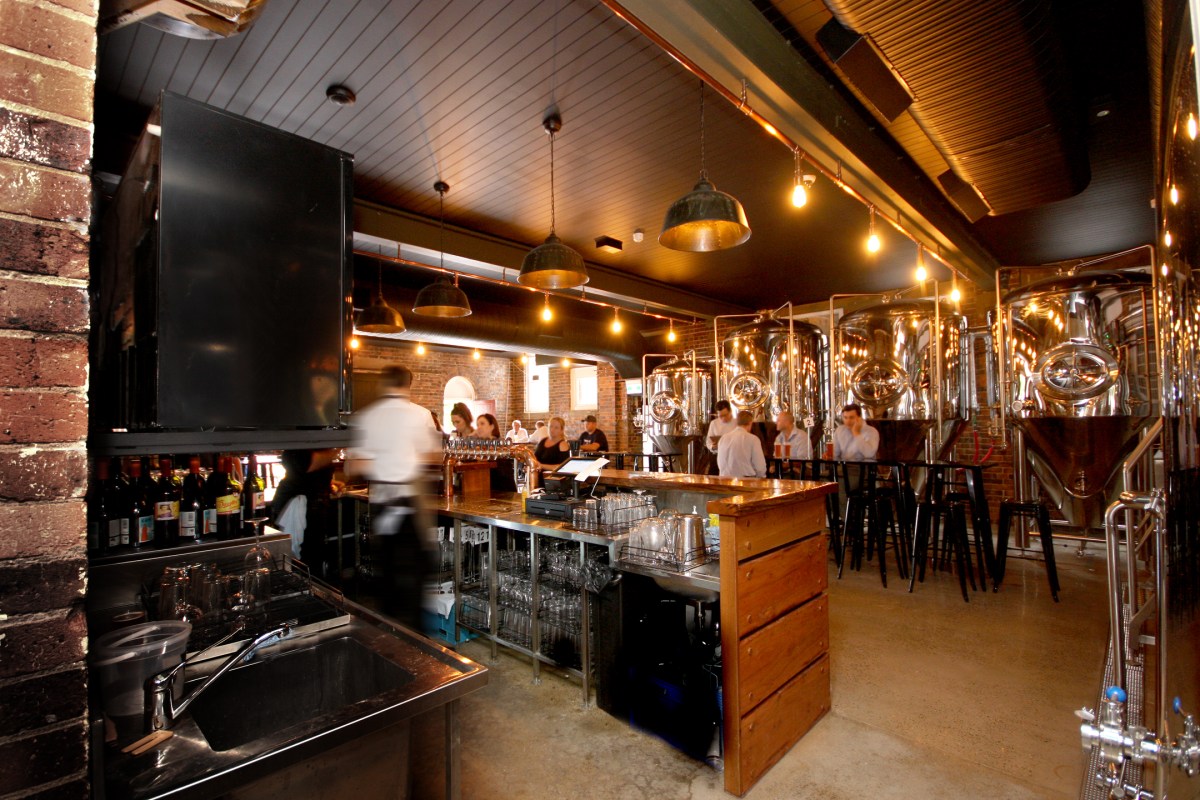In our final instalment of Brewpub Economics, Wade Curtis, founder of 4 Hearts Brewing and Pumpyard Bar and Brewery in Ipswich, Queensland, explains the legal and financial necessities for starting up a brewpub.
Compliance
Compliance is a big issue that everyone forgets about when considering a brewpub operation. You can’t sell beer commercially without paying money to the Australian Taxation Office (ATO) for excise. About half the cost of the beer is ATO excise and it’s a huge amount of work – you have to report monthly. You can get a rebate of up to $30,000 under the small brewer’s relief scheme. You can get audited so you need to make sure that everything is in good working order and that your calibrations are all up to date. Everything has to be recorded – how much grain you use, how much beer you produce, how much you waste, how much you sell. That all needs to be put in a spreadsheet and sent through, and you need to keep that for seven years, just like any other tax records.
A lot of places just absorb that added cost into their admin costs, or the brewer maintains those records. If it’s not the brewer, then you need to make sure that whoever is in charge of that is doing it properly, as otherwise there will be significant issues with the ATO.
The numbers
The first caveat is that there is a massive range in these sorts of numbers or output and revenue. It depends on what the property, plumbing and utilities are like. But you can’t get out of a brewery build for under $500,000 for a 1000L brewery. There are other options of going smaller, with 300L or 500L systems but I wouldn’t recommend it. If you make good beer in a busy venue, you’ll outgrow those systems in 6-12 months. Aim to get a system you can grow into because they are very hard to remove and refit later on.
In terms of staff costs, a brewer will cost you about $60,000 a year, and an assistant depending on their skills and how many hours they work will cost around $30,000 a year at base rate. When you get a good brewer, you’ll pay more than that as they are basically responsible for the end product. They can do a lot of damage to your business if they are not doing their job properly.
My numbers for beer costs factor in rent, labour, ingredients etc. So it costs around $3-4 per litre depending on the type of the beer that you’re making. The higher the alcohol content the higher the excise. An average keg of craft pale ale is probably selling for around about $280 ex GST, so depending on your overheads and set-up, you can create it at a cost of $200. So the best thing about a brewpub is the margins you’re making on selling your own beer, as opposed to paying more for an external keg of beer. Talking roughly about the size of brewery I’ve described, you can produce anywhere between 50,000-150,000L of beer per year.
Lastly, rent is a huge part of your equation. If you’ve got 100 sqm cordoned off for your brewery then you have to do the numbers to understand whether that would be better off in your business to be tables where you can serve more customers, or do you try to create a point of difference/business driver with a brewery?
And don’t forget, you have to be passionate about craft beer to pull this off, otherwise it won’t be worth the effort.
To read the Brewpub Economics series from the beginning, start here.

